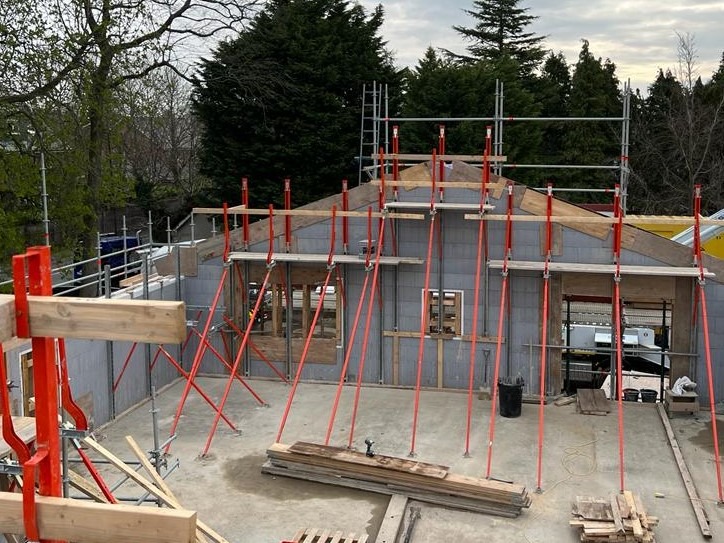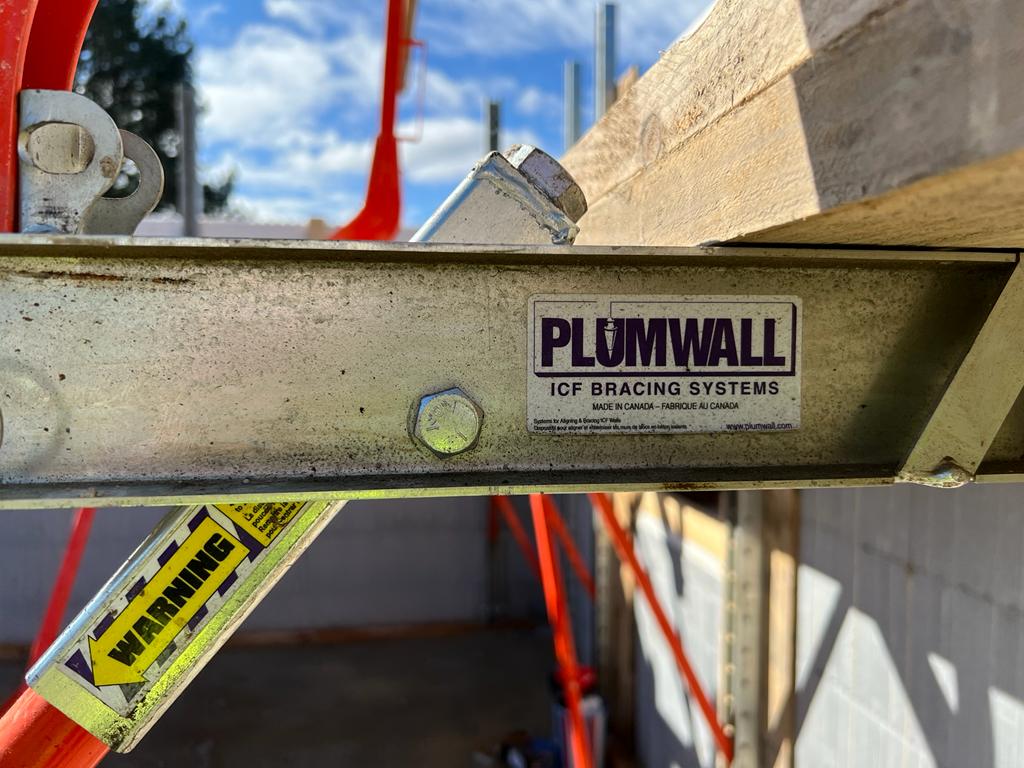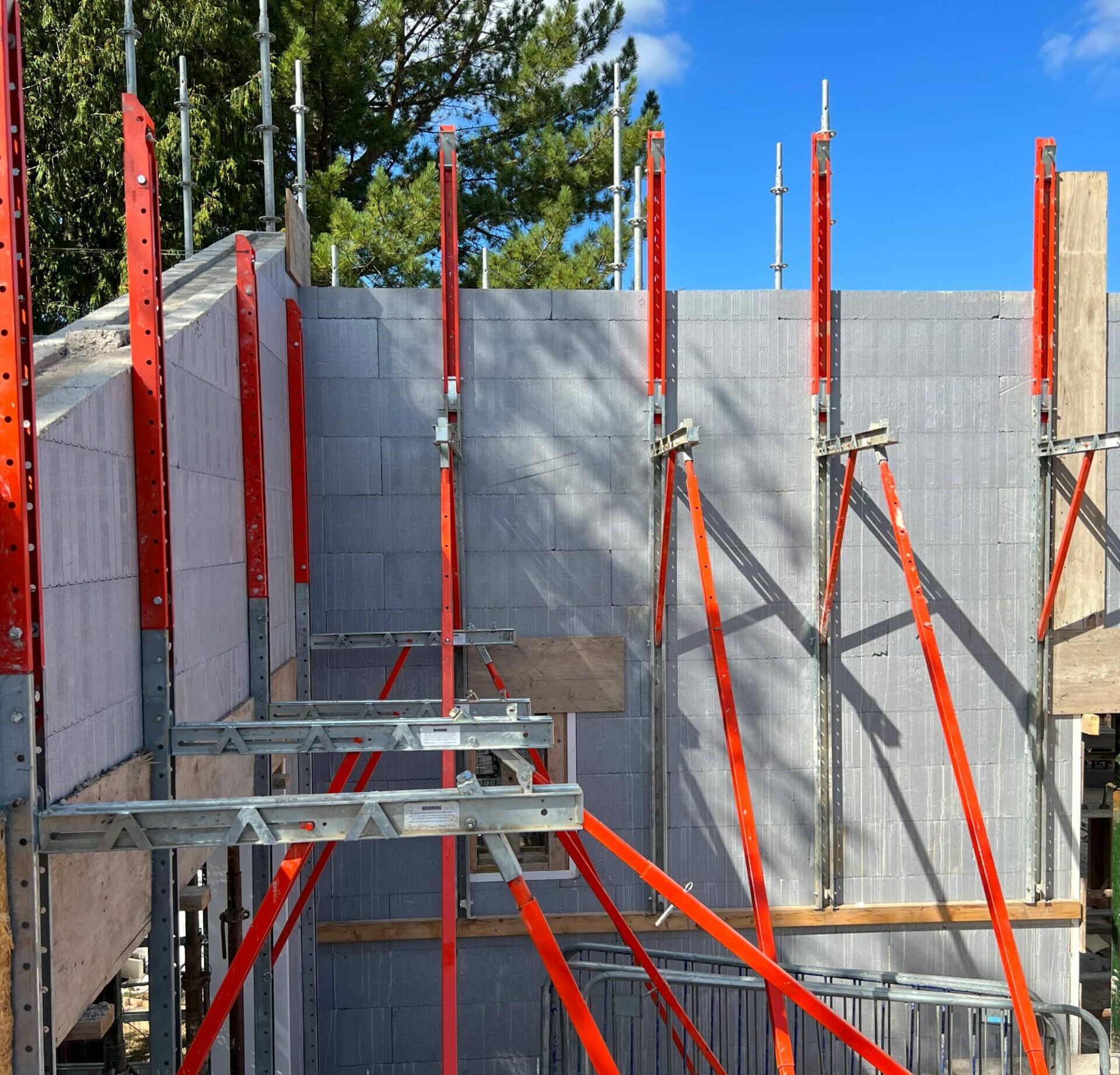Ultimately, when choosing the right bracing system for your project it is important to remember and consider the reasons why it is essential that a bracing system is used. With any ICF installation the bracing system will ensure straight and plumb walls while preventing failure of the formwork, provided they are fitted and used correctly.
There are multiple options available when it comes to choosing the right bracing system for your ICF (Insulated Concrete Formwork) project. Sometimes it depends on your preferred supplier of ICF, or it could be down to the contractor’s preference. Whatever your reason for choosing the ‘Bracing System’ the requirement for it remains the same.
The different styles of system available, without going into detail on all the different types, can be put into two main categories, metal and timber. Both types have their own pros and cons, at JACKON by BEWI we would always recommend using a metal system.
Some of the reasons why are as follow:
- They tend to be stronger and will last longer than timber when it comes to repeated use.
- They are more reliable and will provide a greater level of consistency compared to timber which could warp and twist when left exposed to the elements.
- They are easier to adjust and align once concrete has been poured and due to its increased strength can therefore be safer to adjust.
These benefits along with others help ensure the straightest possible walls are created in an efficient and timely manner without increased pressure on the workforce. Some of the metal systems will also provide a safe working platform to allow access to the top of the walls to help with pouring the concrete at a safe height without the need for further scaffolding.
So, how do they work and what do they provide?
The bracing systems will provide you with an easily adjustable system that will plumb your walls as soon as the concrete is poured while maintaining a tolerable level. They also provide support for the poured concrete, as it cures, against lateral loads, wind and other conditions until the concrete has achieved enough strength to stand on its own.
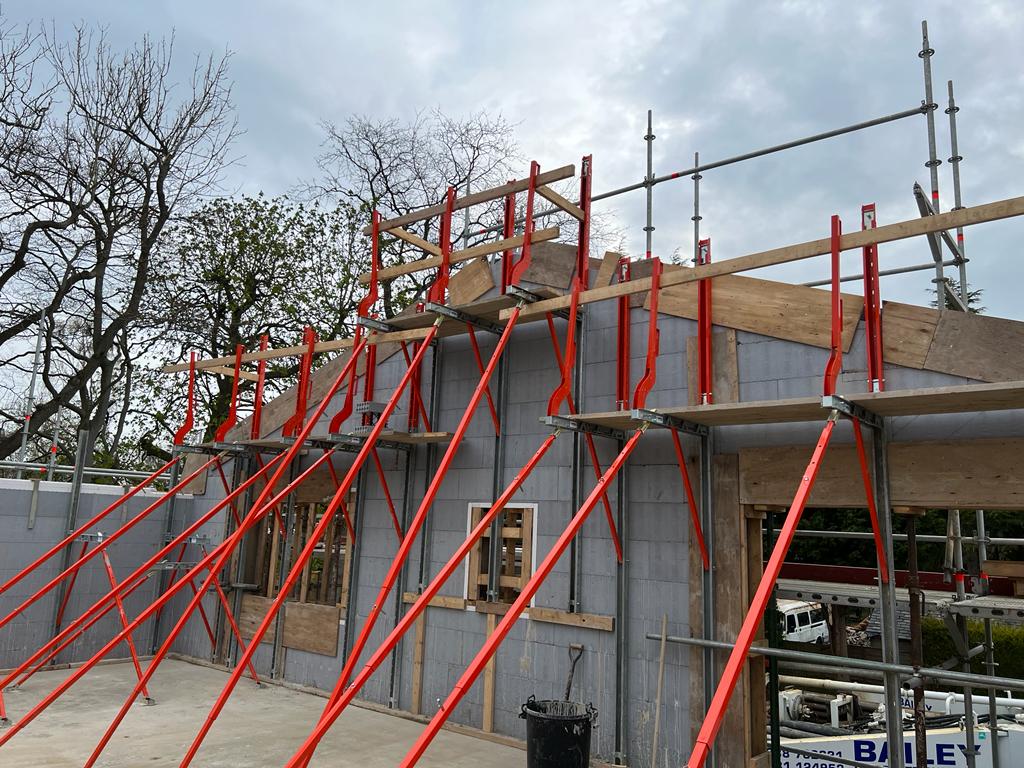
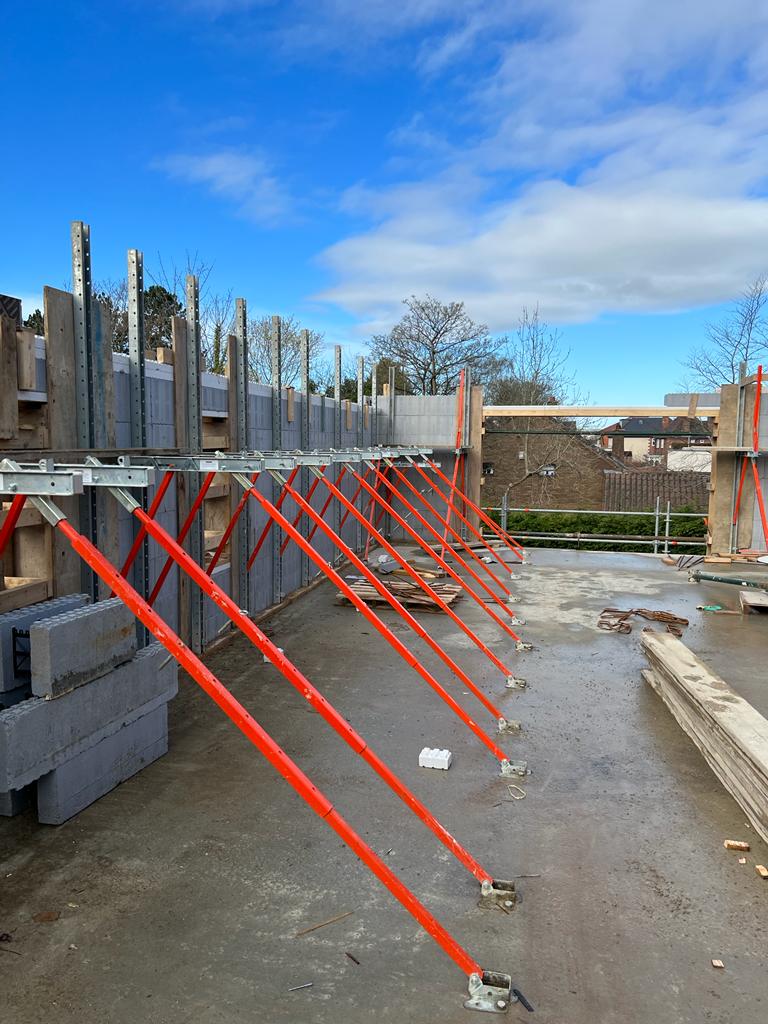
How to Install the Bracing System.
The general rules when installing any bracing system will usually follow the same steps and processes.
The bracing is usually installed after the 3rd course of ICF has been stacked and will be positioned 1200mm to 1800mm apart with support being provided with 600mm of any corner. The spacings should be checked and be in line with manufacturers specifications. Additional support should also be considered when it comes to every door and window opening. Although all bracing systems are installed on the inside of the structure, in some cases additional support may be required externally when it comes to openings, corners, and T-sections of walls.
The bracing systems should be mechanically fixed to each course of ICF and then also the floor. Depending on the bracing system the location of the fixings should be done in a way that adjustment can easily be made if required. If adjustments need to be made, make sure they are done as you go to prevent forgetting later. It is vital that the diagonal section of the bracing is suitably fixed and secured during this process with care being taken to the location so that access is clear and easy for adjusting once the concrete has been poured.
Once all bracing has been installed and before you pour the concrete, a string line should be placed at the top of the wall to allow for plumbing and checking straightness. We would recommend adjusting the bracing prior to pouring concrete so that the system is approx. 5mm out of plumb with wall sections falling inward. This is because the walls will move slightly when concrete is poured, and it tends to be easier to push a wall to plumb rather than pull.
The above process is just a brief guide, and all bracing systems should be installed as per the bracing system and ICF manufacturers guidelines.
As the concrete pour itself is probably the most important part of the build process, and if you are a newbie to the ICF world, it is worth having an experienced professional complete a pre-pour check to make sure all guidelines have been followed, and remember, there’s no such thing as too much support!!
For a more in-depth guide into installing ICF bracing check out the link to our preferred system PLUMWALL for the step-by-step instructions and video tutorial.
